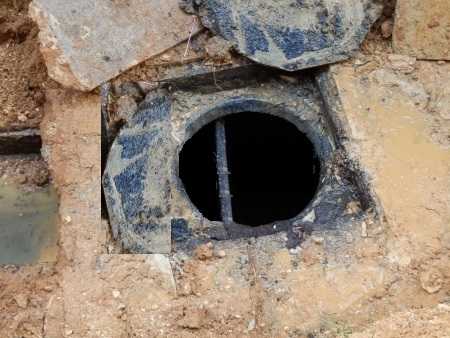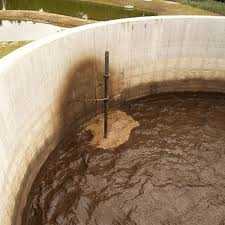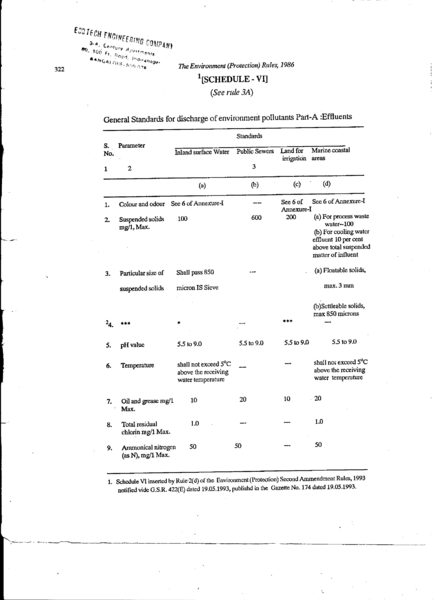How to maintain the Sewage Treatment Plant in an apartment complex?
 Most modern day apartment complexes have their own Sewage Treatment Plants (STP). With the advancement of water treatment technology, any sewage treatment plant chosen after detailed study of its design and workflow mechanism is likely to benefit the housing complex by offering water treatment solution for a long term. There is however certain parameters that needs to be address regularly to avoid any malfunctioning of STP’s.
Most modern day apartment complexes have their own Sewage Treatment Plants (STP). With the advancement of water treatment technology, any sewage treatment plant chosen after detailed study of its design and workflow mechanism is likely to benefit the housing complex by offering water treatment solution for a long term. There is however certain parameters that needs to be address regularly to avoid any malfunctioning of STP’s.
Let us take a look at some of the important steps in regulating and maintain STP for a period of time successfully.
STP Maintenance prerogative- Builder or RWA: Before getting into the details of STP maintenance, it is essential to understand the role of the builder and the resident welfare association or the housing society in handling and maintaining the STP. As a general practice, the builder is responsible for maintenance and upkeep of any sewage treatment plants until the apartment complex is finished and transferred to the underlying Residents welfare society.
The RWA must make sure that transfer protocol for STP is inked in detail. As a new trend a number of builders have been maintaining the STP’s of the apartment complex even after finishing the underlying project. So before getting into STP maintenance, it is essential to known which party is responsible for the everyday functioning and maintenance of the STP. Once the STP is transferred the builder is only responsible for the maintenance as per the transfer agreement with the day to day maintenance being supervised to the RWA.
Pay annual CFO fee on schedule: Apartment associations have to pay fee annually for renewing their CFO (Consent for Operation) for STPs to the respective municipal corporations. The CFO can be extended from three to five years after the STP is checked and verified by the municipal corporation for operational compliance. Poorly maintained STP’s are not usually given more than one year extensions. Paying CFO on time if the STP is your apartment complex has been given a go ahead for one year is an important step. The better the STP is maintained, the better chances it creates for getting an extended CFO.
Update trained operators with Standard Operating Procedure (SOP): Each STP has its underlying standard operating procedures. In order to maintain the STP efficiently it is recommended to hire the services of the manufacturing company or the installing company for annual maintenance under annual maintenance contracts. The advantage of hiring trained company operators is that they understand the specific standard operating protocol for the STP and can fine tune the STP according to the specific needs of the housing complex.
Maintain an Operational Log: Maintaining an everyday operational log even when the STP is working efficiently can go a long way in checking the overall health and treatment efficiency of the STP. This step is even more important in case of older STP’s as they begin to lose efficiency over time. If any discrepancies creep up in the operational log, they must be reported to the operators. Usually such reports help diagnose the problems in their nascent stages allowing quicker recovery and less maintenance costs.







